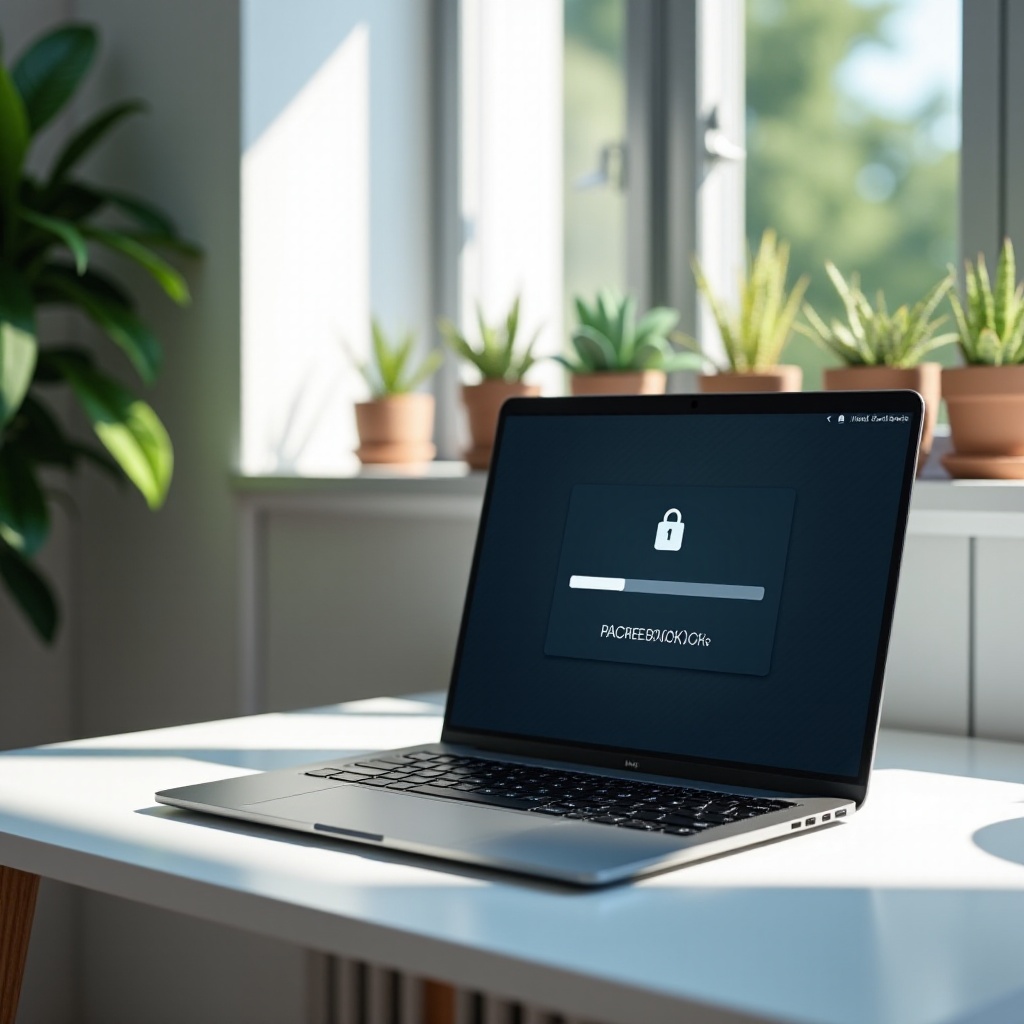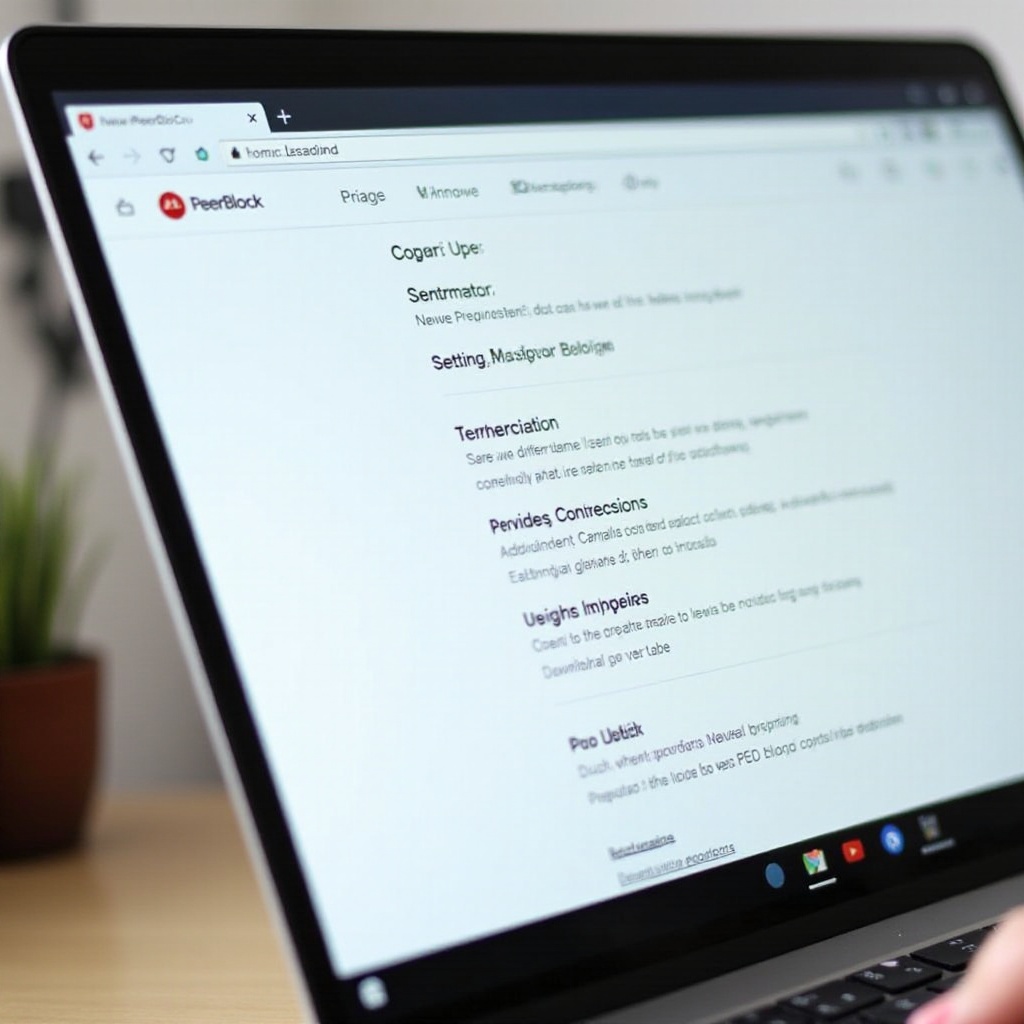Introduction
Downloading software not originally designed for Chrome OS can sometimes be challenging. One such application is PeerBlock, a popular tool used to block unwanted connections. This guide will walk you through the entire process of downloading PeerBlock on Chromebook, ensuring a seamless and secure installation experience.

Understanding PeerBlock and Chromebook Compatibility
Before diving into the installation process, it’s important to understand what PeerBlock is and the compatibility issues you may face with a Chromebook.
What is PeerBlock
PeerBlock is a free and open-source software that blocks incoming and outgoing connections to specific IP addresses, aiming to protect user privacy and enhance security. It’s widely used by individuals who want to avoid monitoring and logging by certain organizations while browsing or torrenting.
Chromebook OS Capabilities and Limitations
Chromebooks operate on Chrome OS, a Linux-based system known for its simplicity and security. However, the OS has limitations, mainly regarding compatibility with traditional Windows applications. This means software like PeerBlock cannot be installed directly. Thankfully, Chrome OS supports Linux (Crostini), enabling us to run Linux applications on a Chromebook.
Preparing Your Chromebook for PeerBlock Installation
To download and install PeerBlock, you first need to enable Developer Mode and install Linux on your Chromebook.
Enabling Developer Mode on Chromebook
Enabling Developer Mode gives you permission to perform advanced tasks on your Chromebook, such as installing Linux.
- Back up your data, as enabling Developer Mode will erase all local data.
- Turn off your Chromebook.
- Hold the Esc and Refresh keys, then press the Power button.
- When prompted, press Ctrl + D to enable Developer Mode.
- Wait for Developer Mode to be enabled and for your Chromebook to reboot.
Installing Linux (Crostini) on Chromebook
Once Developer Mode is enabled, you can install the Linux Terminal.
- Go to Settings.
- Under ‘Linux (Beta),’ click ‘Turn On.
- Follow the on-screen instructions to set up the Linux environment.
With Linux set up, you can now proceed to install PeerBlock.
Downloading and Installing PeerBlock on Chromebook
The installation process involves downloading the PeerBlock installer and using the Linux Terminal to install it.
Downloading PeerBlock Software
- Open your Chromebook and launch the Linux Terminal.
- Download the PeerBlock Debian package by running the command:
wget [insert PeerBlock download link]
Replace [insert PeerBlock download link] with the actual URL of the PeerBlock Debian package.
Installing PeerBlock via Linux Terminal
With the package downloaded, you can proceed with the installation.
- Navigate to the directory containing the downloaded package.
- Install the package by entering:
sudo dpkg -i [filename] - Install any dependencies by running:
sudo apt-get install -f
After the installation is complete, PeerBlock should now be installed on your Chromebook’s Linux environment.

Configuring PeerBlock for Chromebook
Now that PeerBlock is installed, configuring it properly is crucial for optimal performance.
Initial Setup and Configuration
- Launch PeerBlock from the Linux Terminal.
- Follow the initial setup wizard to configure the application.
- Choose the types of lists you want to use (e.g., P2P, Ads, Spyware).
Running and Regularly Updating PeerBlock
To maintain optimal performance and security:
- Regularly run PeerBlock by launching it from the Linux Terminal.
- Ensure PeerBlock is kept up to date by periodically checking for updates through the application.

Ensuring Continuous Security with PeerBlock
PeerBlock isn’t a set-it-and-forget-it tool. Continuous maintenance is required to ensure it effectively protects your Chromebook.
Regularly Updating Blocklists
- Within PeerBlock, navigate to the Update tab.
- Ensure you’re updating your blocklists regularly to protect against the latest threats.
Additional Security Measures
While PeerBlock is a strong security measure, it works best in combination with other security practices:
- Use strong, unique passwords.
- Regularly update your Chromebook and all installed applications.
- Consider using a reputable VPN service for additional security.
Conclusion
Installing PeerBlock on a Chromebook involves several steps, including enabling Developer Mode, installing Linux, downloading the software, and configuring it. Though the process may seem complex, following these instructions will help you achieve a secure and private browsing experience. Regular maintenance, such as updating blocklists, will ensure PeerBlock continues to protect your device effectively.
Frequently Asked Questions
Can I use PeerBlock without Linux on my Chromebook?
No, PeerBlock requires Linux to run on a Chromebook. Chrome OS alone doesn’t support the application natively.
What should I do if PeerBlock installation fails?
If the installation fails, ensure all commands are correct and dependencies are met. Check internet connectivity and refer to the PeerBlock support forums for specific issues.
How often should I update PeerBlock blocklists?
It’s recommended to update PeerBlock blocklists at least once a week to ensure protection against the latest threats.

